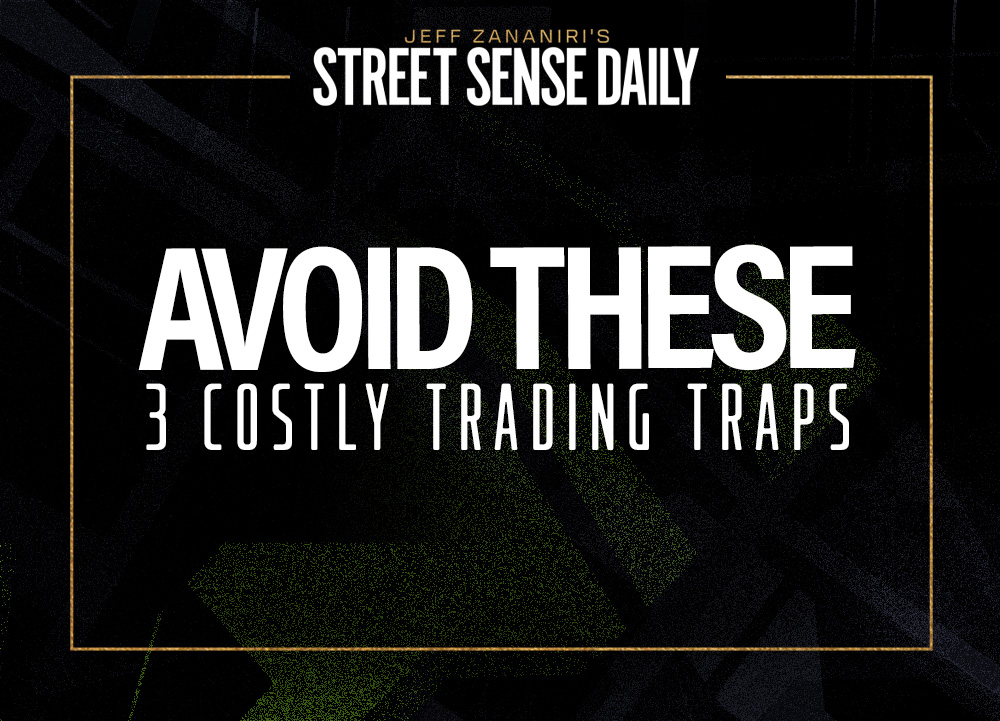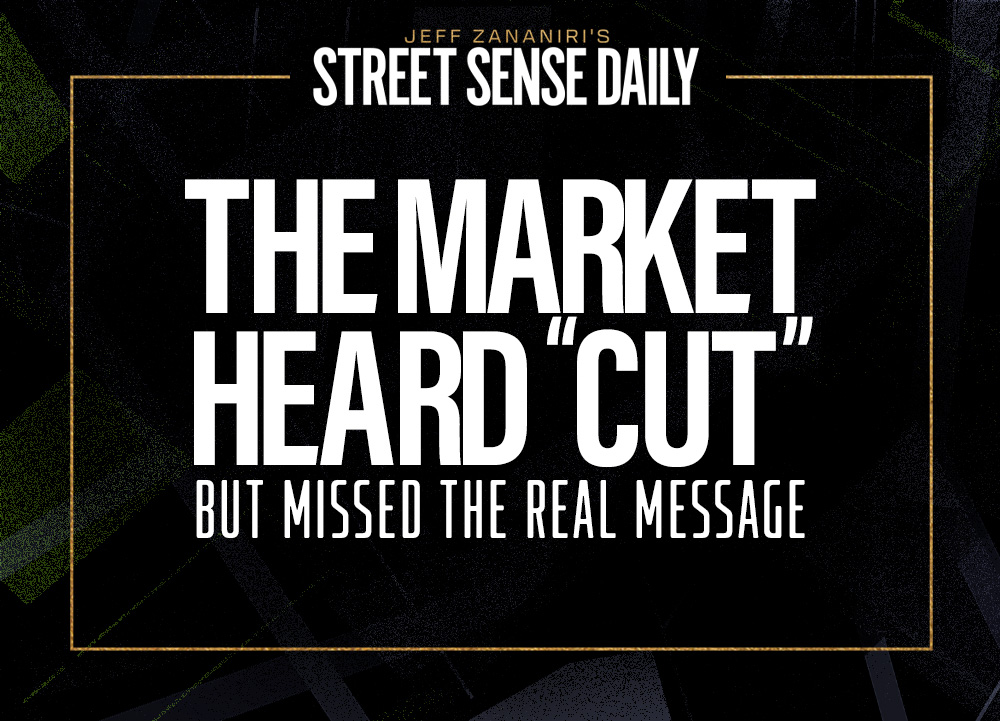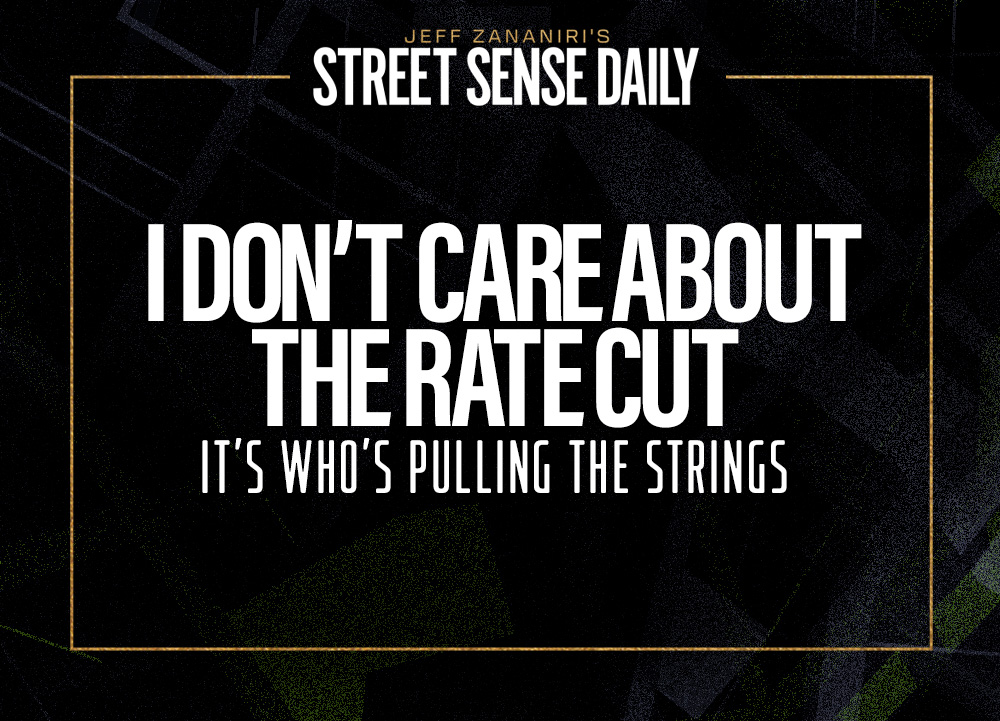Good morning, traders,
I’ve seen it a million times on online trading forums: post after post breaking down why someone is long this or short that … why this ticker’s going to explode … why that one’s a “once-in-a-lifetime” play.
But here’s what you don’t see enough: people explaining why they didn’t take a trade.
And I’m telling you right now — that’s just as important. Maybe even more so.
As an options trader, I’ve learned this the hard way: Not every pattern deserves your money.
Some setups are what I call “no-trades.”
They may look interesting at first glance, but one or two key red flags make them too risky, too expensive, or too unpredictable.
Avoiding these kinds of trades is how I’ve stayed profitable through bull markets, bear markets, and everything in between.
It’s not always about pulling the trigger — it’s about knowing when to keep the safety on.
Here are three signs that scream, WATCH OUT!
Red Flag 1: Binary Bets
The quickest way to torch your account is betting on “yes-or-no” outcomes.
These setups offer no room for error.
Either you hit the bullseye or you lose the whole trade.
I’m talking about events like earnings announcements, FDA decisions, or court rulings. If your trade only works if one specific thing happens — that’s a binary bet.
For example, buying calls right before earnings because you “think” a beat is coming? That’s a coin toss.
And worse, even if the company crushes expectations, the stock might still tank. Seen it so many times.
I want setups where there’s some wiggle room. Where I can still make money if I’m just mostly right.
Give me a trade with a favorable chart and momentum behind it, not one that hinges on a single event that’s totally out of my control.
Red Flag 2: Pricey Stocks With Expensive Options
This one’s simple: If the stock is too expensive, I’m not interested.
Once a stock gets above $500, the options premiums get crazy. And yeah, the movement might be big in dollar terms, but the upfront cost is too much.
A $1,000 contract on an option that could decay fast? No, thanks.
I’d rather put that money to work across several trades, on lower-priced names where I can get in with a few hundred bucks and still have room for big percentage gains.
That’s how you manage risk without handcuffing your upside. And if one trade doesn’t work out, it doesn’t crush your week.
Red Flag #3: Implied Volatility Off the Charts
High implied volatility can lure you in.
It looks exciting. The market’s expecting a big move, and the options are priced for fireworks.
But here’s the problem — when IV gets too high (I’m talking over 100%), you’re paying a ton just to enter the trade.
The stock has to make a huge move in your favor just to break even.
At that point, you’re paying champagne prices for a can of beer.
And sure, sometimes volatility crushes and those options explode … but most of the time, you’re left holding the bag when the stock moves 3% instead of 10%, and your premium gets obliterated.
I’ll pass.
Move Purposefully
You don’t need to force trades to be a consistent winner. Some of the smartest moves you’ll ever make are the ones you don’t make.
Skip the binary bets. Avoid overpriced stocks. Be careful with high IV.
And if something feels off, listen to your gut — it’s probably right.
Sometimes the best trade you’ll ever take is the one you don’t.
Stay sharp,
Jeff Zananiri
P.S. Wednesday at noon ET, Aaron Hunziker will talk about the fastest-growing opportunities in the market right now:
These contracts move like lightning and hit big. Learn to trade them the right way.
👉 [Save your seat now — before space fills up.]



